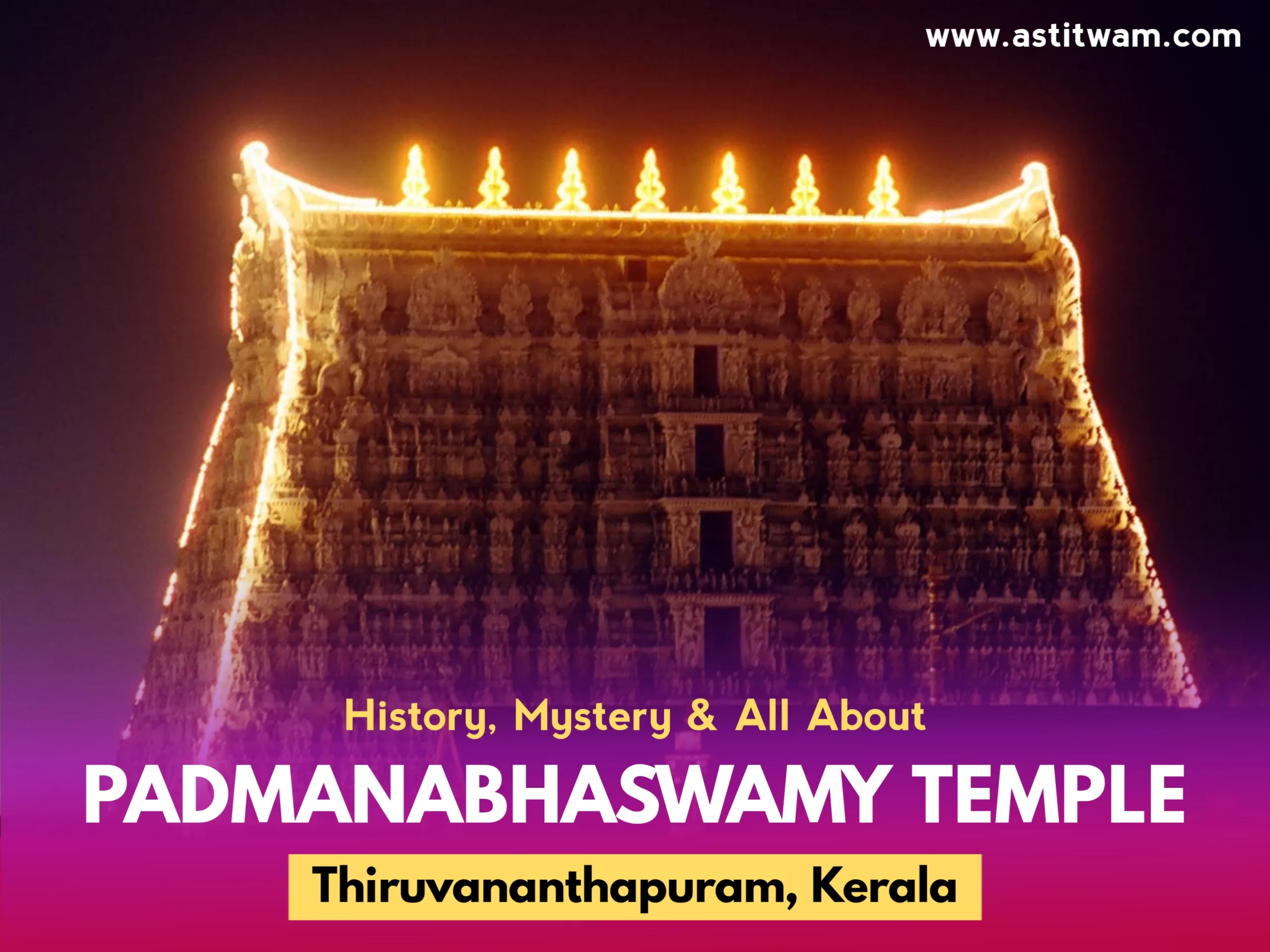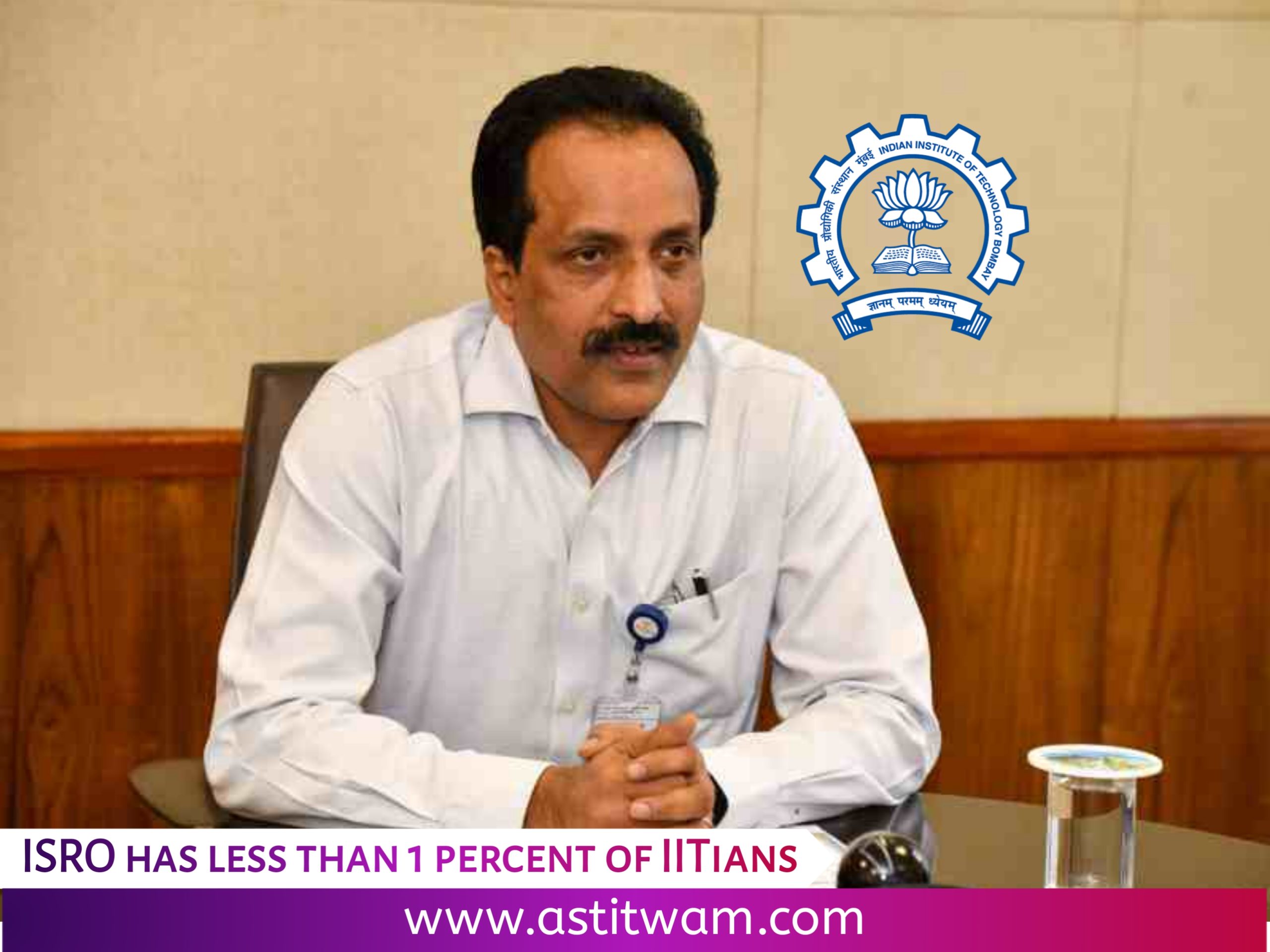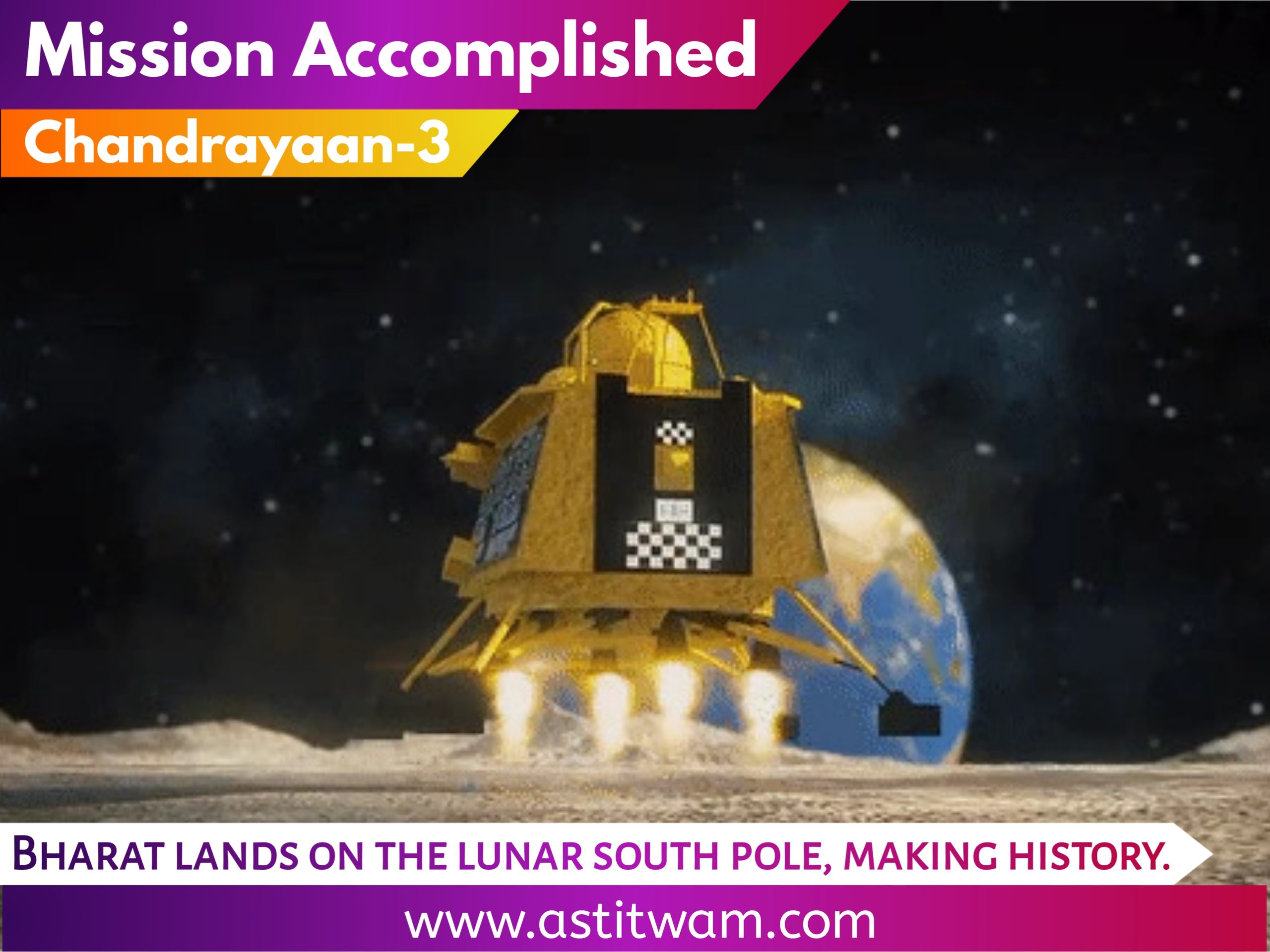Prime Minister Modi Unveils India’s Elite “Gaganyaan Astronauts” for Space Mission | A Historic Moment
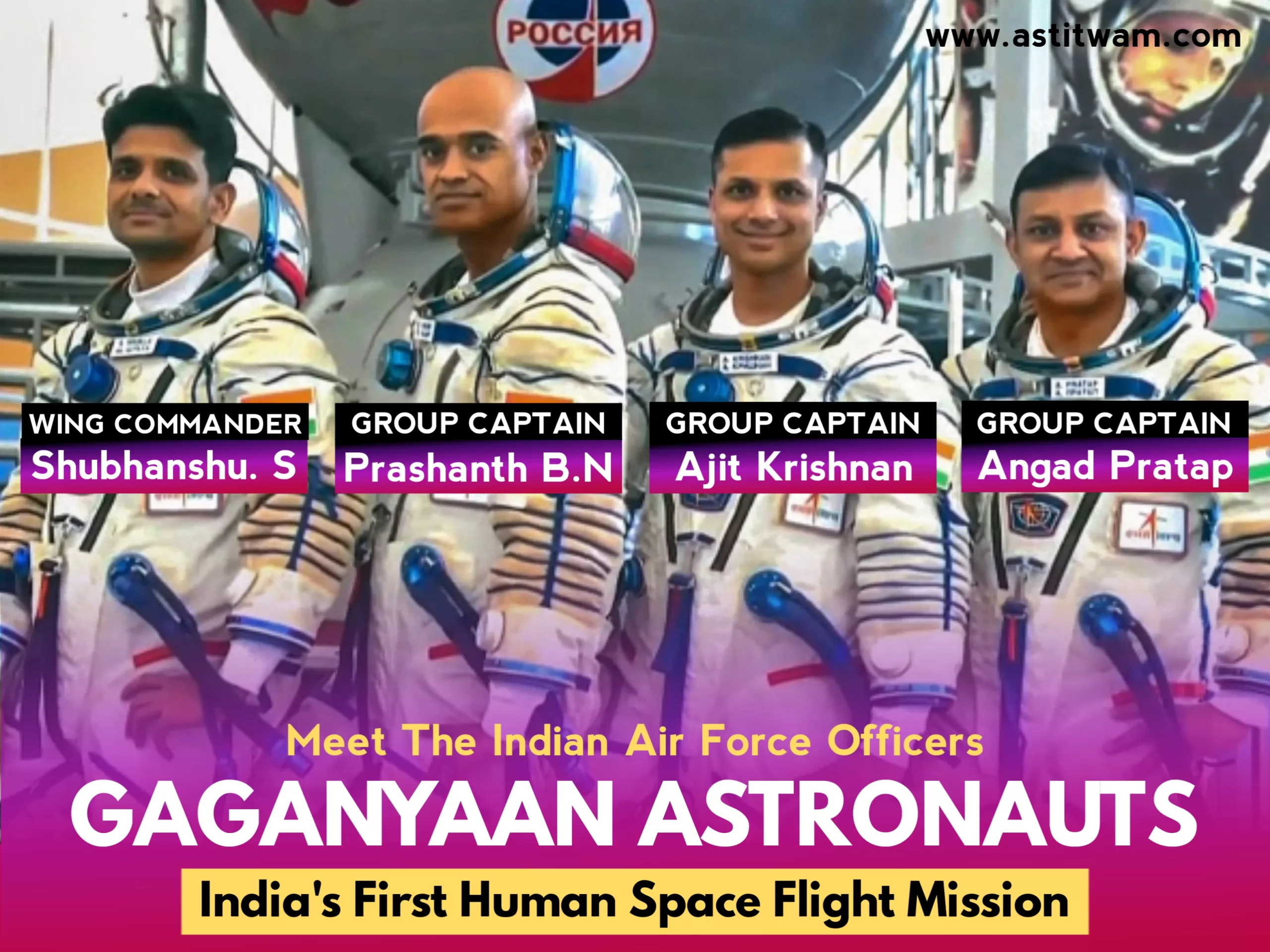
Table of Contents
Introduction
India embarks on a groundbreaking journey into space exploration as Prime Minister Narendra Modi unveils the nation’s elite “four forces,” chosen to represent the aspirations of 1.4 billion people. These astronaut designates, selected from the Indian Air Force (IAF), stand poised to make history as they prepare for the inaugural human-crewed spaceflight – the Gaganyaan mission.
Meet India’s Pioneering Astronaut Designates
A Historic Announcement
In a momentous declaration during his visit to the Vikram Sarabhai Space Centre, Prime Minister Narendra Modi introduced India’s first astronaut designates to the world. This announcement signifies a significant milestone in India’s space exploration narrative.
Elite Fighter Pilots
The selected astronauts, comprising Group Captains Prasanth Balakrishnan Nair, Ajit Krishnan, Angad Pratap, and Wing Commander Shubhanshu Shukla, hail from the esteemed ranks of the Indian Air Force. Their exceptional skill, courage, and dedication exemplify the best of India’s military prowess.
Preparation and Training
Over the past five years, these individuals have undergone rigorous training, both in India and Russia, to prepare for the challenges of space travel. Their relentless dedication and commitment underscore India’s determination to excel in the realm of space exploration.
The Gaganyaan Mission: A Symbol of National Pride
A Momentous Endeavor
The Gaganyaan mission represents a watershed moment in India’s space odyssey. By sending its own astronauts into space, India asserts its prowess as a burgeoning space power on the global stage.
Carrying the Nation’s Aspirations
As Prime Minister Modi aptly stated, these four forces shoulder the aspirations of 1.4 billion Indians. Their journey into space symbolizes the collective dreams and ambitions of a nation poised for greatness.
India, under the leadership of Prime Minister Modi, is poised to embark on a historic space mission, with four chosen individuals representing the nation’s aspirations. These individuals, dubbed as the “four forces” by Modi, symbolize trust, courage, valour, and discipline. This article delves into the significance of these astronauts, their backgrounds, and the monumental Gaganyaan mission that promises to redefine India’s space ambitions.
India’s Aspirations in Space Exploration
India has long harbored dreams of venturing into space. Prime Minister Modi’s vision emphasizes indigenous efforts, marking a departure from previous collaborations. The upcoming Gaganyaan mission signifies a watershed moment in India’s space odyssey, embodying the nation’s aspirations and technological prowess.
Meet the Astronauts
Group Captain Prashant Nair: Kerala’s Pride
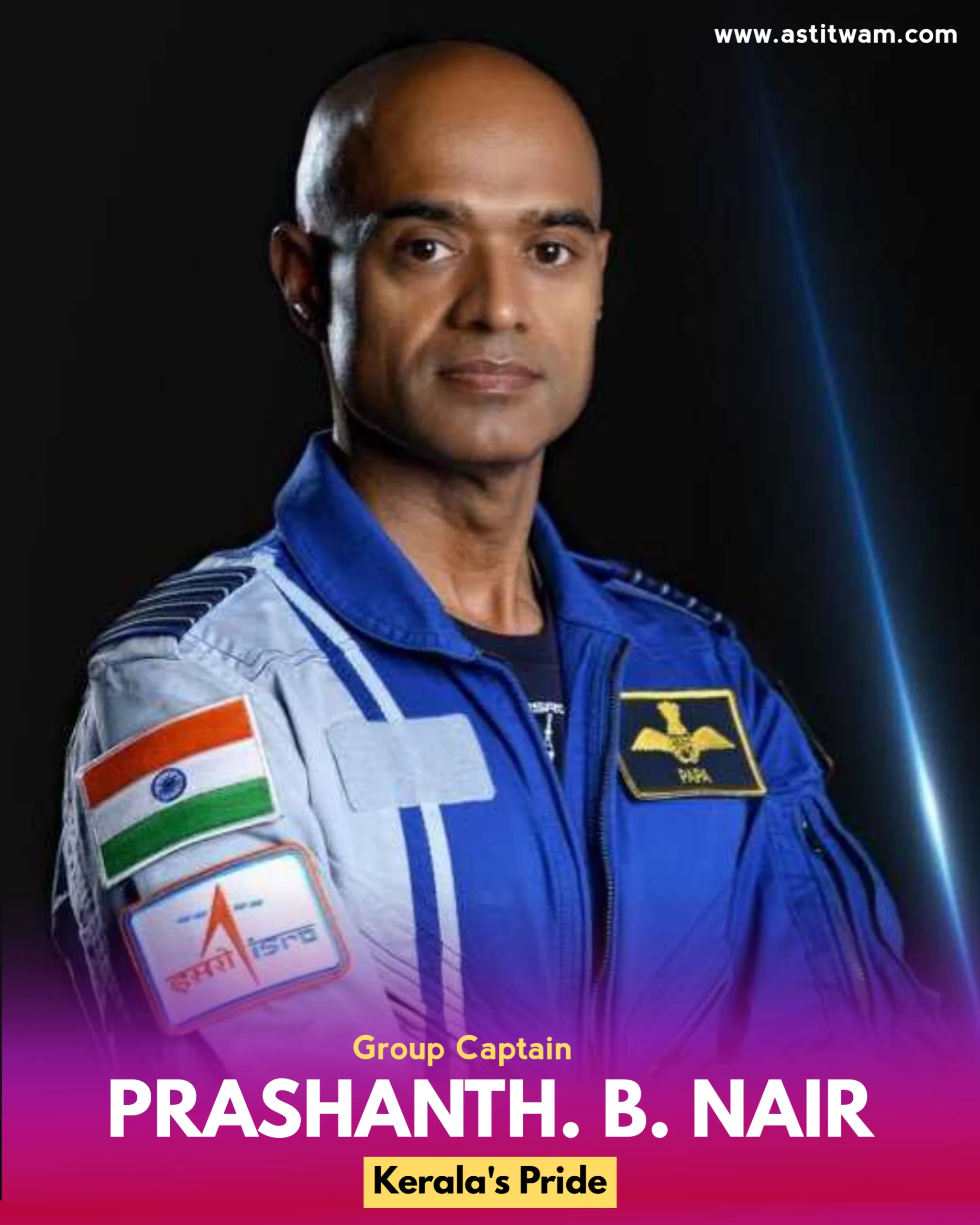
Group Captain Prashanth Balakrishnan Nair, hailing from Kerala, stands as a testament to India’s aviation excellence. Commissioned in 1998, his accolades include the prestigious Sword of Honour at the Air Force Academy. With a background in the IAF’s fighter stream, he brings invaluable expertise to the Gaganyaan mission.
Group Captain Ajit Krishnan: Chennai’s Ace Aviator
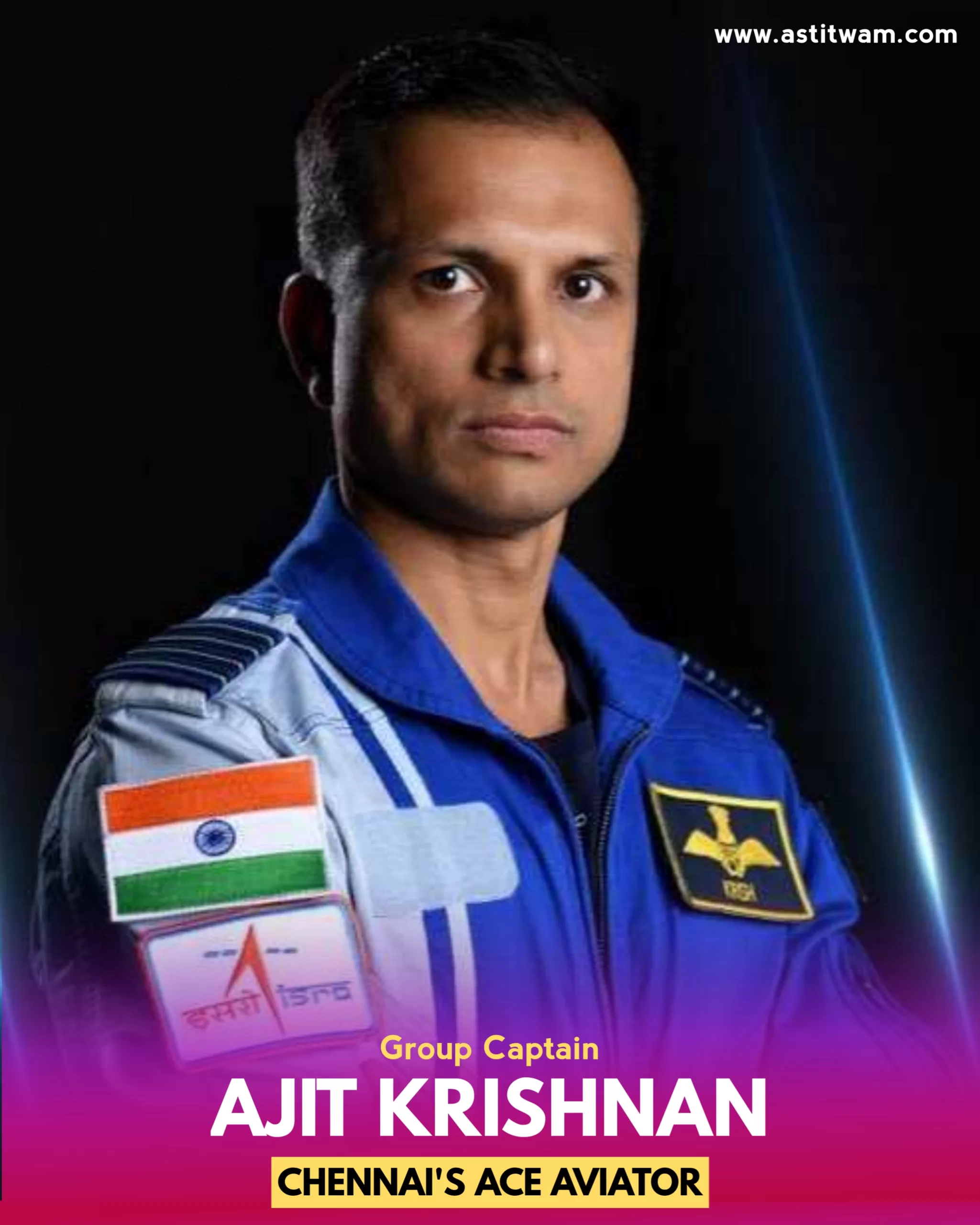
Group Captain Ajit Krishnan, a distinguished flying instructor and test pilot from Chennai, embodies India’s spirit of innovation. His accolades, including the President’s Gold Medal and the Sword of Honour, highlight his exceptional contributions to aviation. Krishnan’s inclusion underscores India’s commitment to excellence in space exploration.
Group Captain Angad Pratap: The Pride of Prayagraj
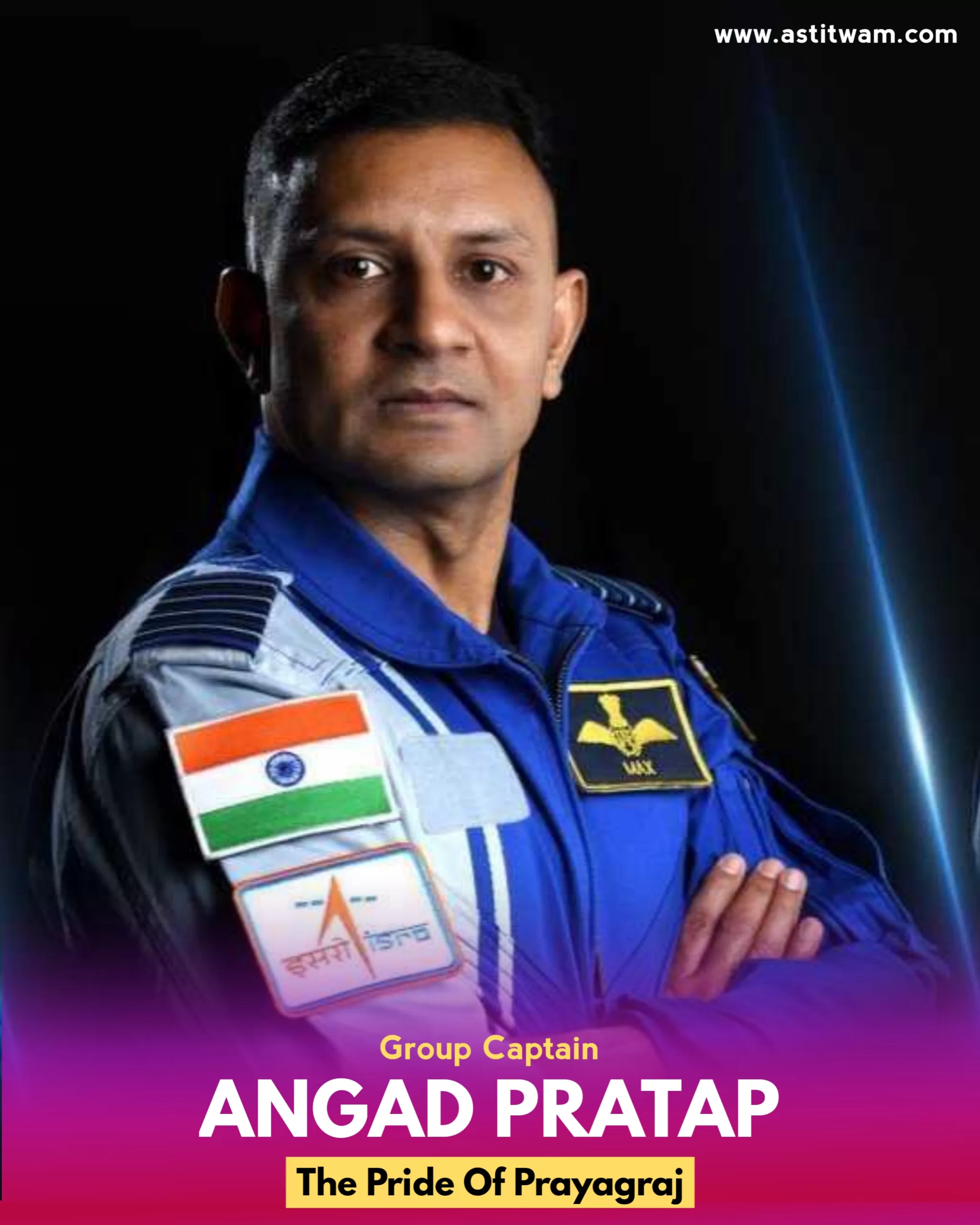
Group Captain Angad Pratap, commissioned in 2004, represents the city of Prayagraj with pride and distinction. As a seasoned flying instructor and test pilot, his expertise adds a layer of confidence to India’s maiden human spaceflight project. Pratap’s journey epitomizes India’s resolve to push boundaries and explore new frontiers.
Wing Commander Shubhanshu Shukla: Lucknow’s Flying Maverick
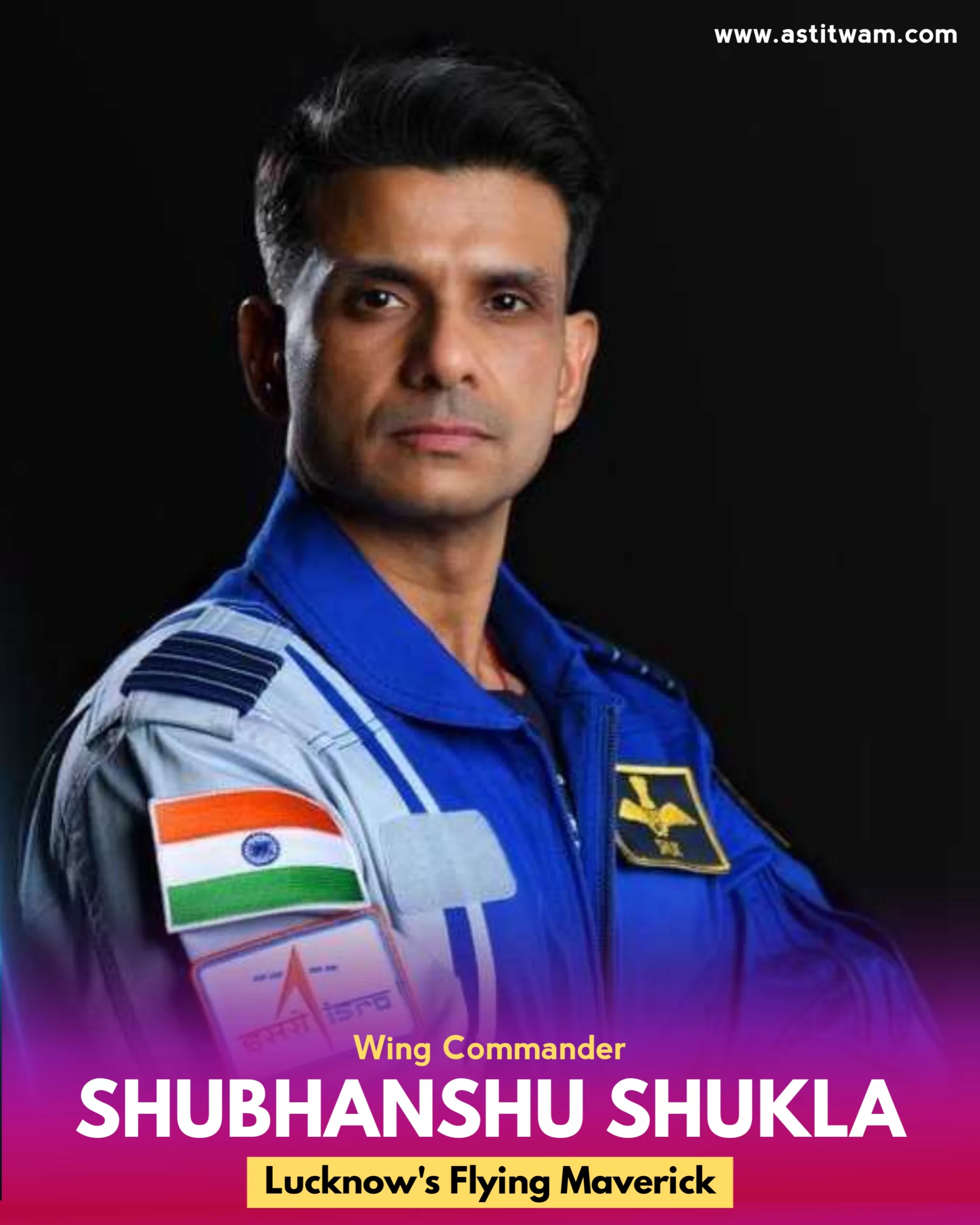
Wing Commander Shubhanshu Shukla, a fighter combat leader from Lucknow, brings a wealth of experience to the Gaganyaan mission. Commissioned in 2006, his role as a test pilot underscores India’s emphasis on safety and precision in space exploration. Shukla’s selection reflects India’s commitment to nurturing talent and fostering innovation.
The Historic Gaganyaan Mission
The Gaganyaan mission, slated for 2025, holds immense significance for India’s space program. It aims to demonstrate ISRO’s capability in human spaceflight by launching a crew of three members into a low-Earth orbit for a three-day mission. This landmark endeavor underscores India’s quest for technological advancement and scientific excellence.
Preparing for the Journey
ISRO’s Rigorous Testing Regimen
In preparation for the Gaganyaan mission, ISRO has undertaken rigorous testing to ensure the safety and reliability of its systems. With dozens of rounds of tests and modifications to rocket and propulsion systems, ISRO is poised to embark on this historic mission with confidence.
In the realm of space exploration, only a select few nations have attained the remarkable achievement of launching manned missions using their indigenous spacecraft. Among them are the former Soviet Union, the United States, and China. However, a new contender is emerging onto the cosmic stage – the Indian Space Research Organisation (ISRO). ISRO has embarked on a transformative journey to join this elite league by preparing its rockets for manned missions. This article delves into ISRO’s ambitious endeavor, focusing on the development of the Human Rated LVM3 rocket and the rigorous testing processes involved.
Reconfiguring Rockets for Manned Missions
ISRO’s primary focus has been on repurposing its three-stage medium-lift rocket, known as Launch Vehicle Mark-3 (LVM3), to meet the stringent requirements for human spaceflight. Rebranded as the “Human Rated LVM3” (HLVM3), this rocket serves as the cornerstone of India’s aspirations in space exploration. With a rich history of successful missions, including the Chandrayaan lunar endeavors, the LVM3 platform offers a reliable foundation for crewed missions.
Development of the Orbital Module

Atop the reconfigured HLVM3 rocket rests a groundbreaking addition – the newly developed orbital module. This module is tasked with housing the crew module, where astronauts will reside during their space voyage, along with a service module providing essential support systems. The orbital module represents a significant advancement in ISRO’s capabilities, designed to ensure the safety and functionality of manned missions.
Extensive Testing Regimen
The journey towards manned spaceflight is paved with rigorous testing protocols. Since 2017, ISRO has been conducting comprehensive tests on various aspects of the mission, leveraging decades of experience in space exploration. Critical components such as engines, crew modules, and safety systems undergo meticulous scrutiny to guarantee optimal performance and reliability.
Milestones Achieved
ISRO recently celebrated a pivotal milestone in its quest for manned space missions – the successful human rating of the CE20 cryogenic engine, powering the cryogenic stage of the HLVM3 rocket. With this achievement, ISRO concludes ground qualification tests, marking significant progress towards realizing its ambitious Gaganyaan Mission.
FAQs
- Who are the astronaut designates introduced by Prime Minister Narendra Modi? The astronaut designates unveiled by Prime Minister Modi are elite fighter pilots from the Indian Air Force, namely Group Captains Prasanth Balakrishnan Nair, Ajit Krishnan, Angad Pratap, and Wing Commander Shubhanshu Shukla.
- What is the significance of the Gaganyaan mission? The Gaganyaan mission marks India’s first human-crewed spaceflight, showcasing the nation’s growing capabilities in space exploration and its commitment to technological advancement.
- Where did Prime Minister Modi make the announcement about the astronaut designates? Prime Minister Modi made the historic announcement at the Vikram Sarabhai Space Centre (VSSC) in Thiruvananthapuram, Kerala, during his visit to the Indian Space Research Organisation (ISRO).
- How long have the astronaut designates been preparing for the Gaganyaan mission? The astronaut designates have undergone extensive training for the Gaganyaan mission over the course of five years, honing their skills and expertise for the challenges of space travel.
- What accolade did the astronaut designates receive from Prime Minister Modi? Prime Minister Modi awarded the astronaut designates with the prestigious “Antriksh Yatri Pankh” (astronaut wings) during a ceremony held at the Vikram Sarabhai Space Centre.
- What does the Gaganyaan mission represent for India? The Gaganyaan mission signifies India’s ascent as a spacefaring nation, embodying its aspirations for scientific progress, technological innovation, and global leadership in space exploration.
Conclusion
India’s unveiling of its first astronaut designates marks a historic moment in the nation’s journey towards space exploration. With Prime Minister Modi’s visionary leadership, backed by the courage and dedication of its elite fighter pilots, India is poised to make significant strides in the realm of space science. As the Gaganyaan mission unfolds, it not only represents a triumph of human ingenuity but also stands as a testament to India’s unwavering commitment to reaching for the stars.


